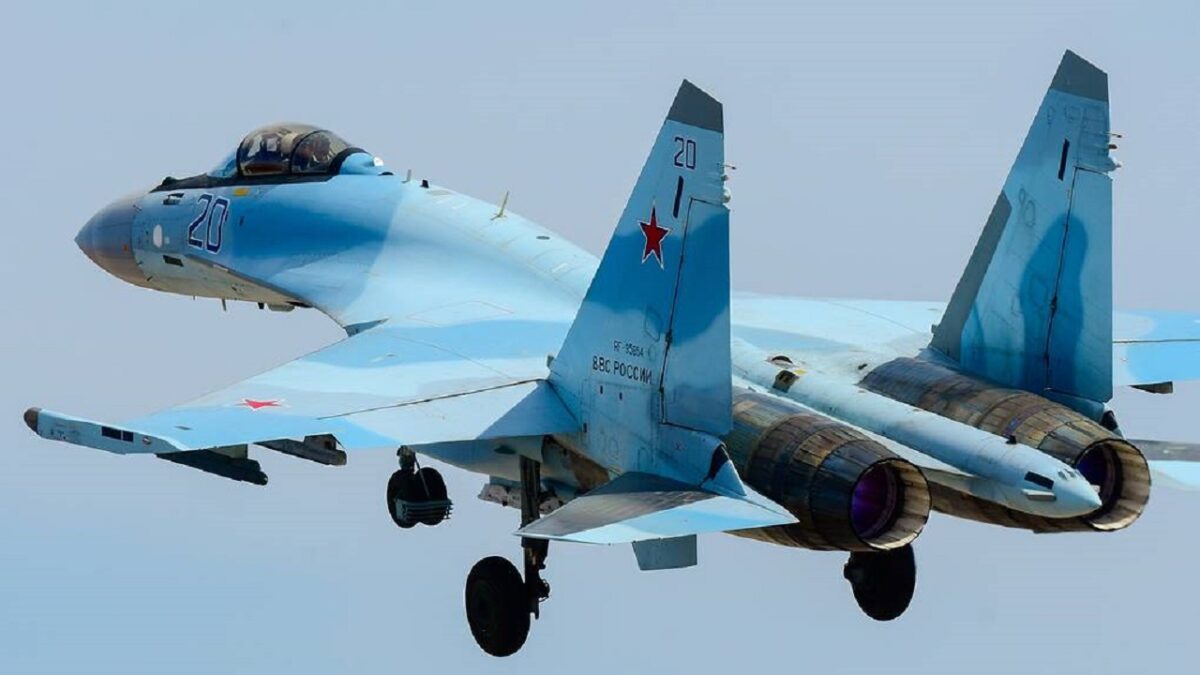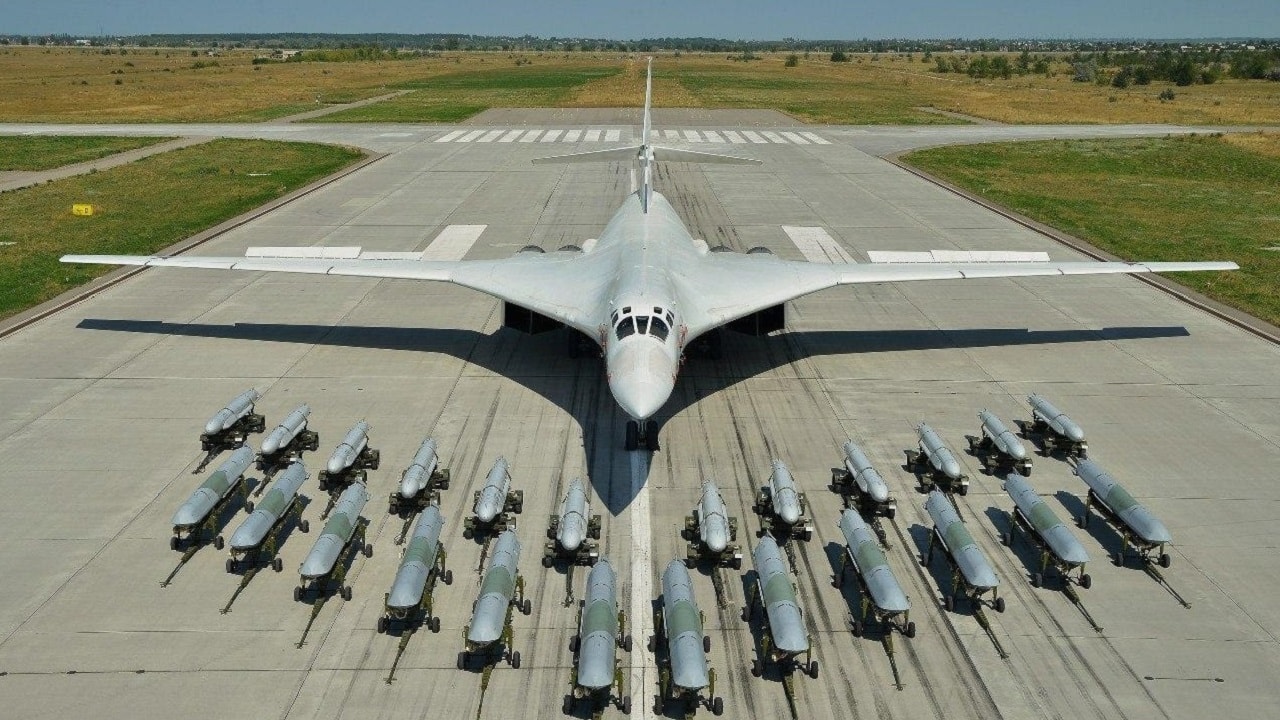Russian General Sergey Surovigin marked his October 8, 2022 appointment of operations in Ukraine with a missile bombardment that destroyed one-third of Ukraine’s energy production facilities, and significantly increased the suffering of the Ukrainian people. Surovigin applied similar techniques of bombardment, coupled with the use of chemical weapons against civilian concentrations in Syria in 2017. Having been involved in the 1991 counter-coup to topple both Communist Party General Secretary Mikhail Gorbachev and Boris Yeltsin, he is also a very reliable agent of the current regime of Russian President Vladimir Putin.
However, Surovigin’s impulse to bomb non-military targets indicates he is captivated by a fundamentally flawed belief that civilians can be punished into submission. Nor is this erroneous belief limited only to Russia. The reality is that no amount of bombing from the air can coerce a population that believes in the inevitability of victory on the ground, as Ukraine does. Paradoxically, bombing is often initiated by losing states who are using it as a substitute for battle, often when it is too late to make a difference. The suffering caused by the bombing of Ukrainian civilians will increase their shared commitment to victory with the soldiery, strengthening Kyiv’s negotiating position.
The objective of militaries to circumvent enemy defenses and inflict harsh measures directly onto the adversarial civilian population, is an ancient practice. Union General William Sherman, during the U.S. Civil War, believed that he could shorten the conflict by inflicting punishment on the Confederate people in what came to be known as Sherman’s March to the Sea (September to December, 1864). To this end, he burned and pillaged his way through the south. Similarly, naval forces frequently used the bombardment of ports to compel submission of a foe, such as the Royal Navy’s shelling of Guangdong, China, in 1841. On July 12, 1849, for the first time, the Austrians dropped bombs from balloons onto besieged Venice, though the effect was slight.
Putin and Surogivin may actually believe that Ukrainian civilians are vacillating and weak. However, Ukrainian social cohesion has come together to create an abundance of examples of volunteering to help the war effort. Furthermore, 86 percent of Ukrainians support the continuation of the counteroffensive to retake lost territory, indicating a continuation of strong support among the Ukrainian population. Ukrainian support is not wavering, and popular will is getting stronger.
Coercive bombardment by airplanes was first used by the Italians against the Senussi tribes in Libya in 1911. The first bombing of an industrialized state was of England by the Germans during the First World War. Starting on January 19, 1915, Zeppelins and aircraft dropped 9,000 bombs on England, killing 1,413 persons during the course of the war. Many inter-war advocates of air power, like Italian general Giulio Douhet, and theorists like Royal Air Force (RAF) Hugh Trenchard, have advocated that an independent air campaign was sufficient to bring an enemy to defeat. These ideas led the British and U.S. air forces to invest into heavy long-range bombers, with their intended use being to drop explosive, gas and incendiary bombs on an adversary’s cities in the opening days of a war.
Unlike the Soviet Union, which was fully engaged in a land war against German invaders, Great Britain and the U.S. used bombing raids as a substitute until they could amass the ground forces necessary to land and liberate Europe. During the war, the U.S. and British dropped 955,000 tons of bombs in 199,000 sorties, losing 6,400 aircraft, but neither Germany nor Japan surrendered because of it. Rather, battlefield victory and occupation, naval blockades, and diplomatic isolation, each had more of an individual impact on bringing Berlin and Tokyo to capitulation. In neither case were the German or Japanese societies near anything resembling social collapse, despite the intensity of the fire-bombing and threatened further use of nuclear weapons after Hiroshima and Nagasaki. A common false argument is that the Allied bombing campaign caused a diversion of scarce German resources, but this belies the high cost of the bombers and the very high casualties among bomber crews.
Similarly, the Japanese increased their bombardment of the Chinese capitals of Nanking and Chungking, once their 1937 invasion of China floundered during advances into the vast interior. When Japan found itself helpless against U.S. bomber raids, Tokyo retaliated on November 3, 1944, by launching of 9,300 explosive balloons along the slipstream towards North America, in a desperate attempt to inflict punishment. Only 285 of the balloons reached the continent, killing six onlookers in one incident, and serendipitously starting a brush fire that miraculously caused a temporary shutdown of the Hanford atomic processing facility. Just as Allied bombers were originally intended to deliver gas bombs, and the Japanese likely intended to use the balloons to spread biological agents developed by their Unit 731, Russia has been wasting its limited missile arsenal, originally intended to deliver nuclear weapons and strike NATO airfields.
The heavy U.S. aerial bombardments during the Korean (1950-1953), Vietnam (1964-1972) and Gulf Wars (1991, 2003) were generally intended to strike either military targets or non-military infrastructure that contributed to combat operations, rather than inflict punishment on civilians. Where punishment did occur as a result of collateral damage, such as in Korea or Cambodia, it did not contribute to reducing the enemy’s resolve. In the cases of Korea and Vietnam, despite the U.S. having dropped more ordnance in the latter case than the entire Second World War, the populations’ certainty of victory countered any demoralizing effects of intense bombardment.
In contrast, Russia’s use of air power in Ukraine has been very limited, so punishment is either inflicted by artillery or long-range missiles. The Russian military has demonstrated a lack of air campaign planning, and cohesive doctrine. Russian air strategy has only focused on using airplanes as a substitute for artillery, without any of the precision of western style complex air operations. This has led to exploitable opportunities by the Ukrainian military, where they have been able to shoot down Russian cruise missiles, and at least a confirmed 261 downed aircraft. Furthermore, given the low sortie rates, at 144 per day on average, as well as the low level of preparedness and education of Russian pilots, this provides an explanation for the lack of complex air operations. The Russian experience in Syria did not prepare them for the war in Ukraine, and the organisational obstacles of modernising the Russian air force were never overcome.
The military’s institutional proclivity to engage in bombing, without a clear link of its contribution to victory, is fairly common. During the 1969 War of the Dispossessed, Honduras bombed the oil refineries in El Salvador, which did little to avert its ultimate defeat. In Operation El Dorado Canyon (April 15, 1986), the U.S. raided Libya to deter its support for terrorism, as did the U.S. again in missile attacks against targets in Sudan and Afghanistan in retaliation for al-Qaeda attacks in Kenya and Tanzania in 1999. In neither case were the target countries deterred from engaging in state-sponsored terrorism.
NATO success in Kosovo and over Serbia in 1999 was not due to air power, but to the threat that air power would make Serbian ground forces vulnerable to the KLA (Kosovo Liberation Army) and a possible NATO ground invasion. In contrast, Israel’s 2006 use of airpower against Hezbollah and other targets in Lebanon did not undermine Hezbollah’s influence and were largely resisted because Israel could make no credible threat of ground invasion. Despite overwhelming U.S. airpower, the Taliban were confident of eventual victory in Afghanistan, leading to NATO’s evacuation in July of 2021. Airpower is at best a force multiplier of ground forces and has no independently sustainable punitive effect.
Even if it was possible to compel a country to surrender by bombing, it is far from clear that it would be less expensive or faster than a ground invasion. German philosopher of war, Carl von Clausewitz, author of On War (1834), emphasized that victory is most quickly achieved by defeating the adversary’s military on the battlefield, since the civilian population is thereby rendered defenceless. When the Austrians refused to accept their defeat at the 1809 Battle of Wagram, Napoleon shelled their undefended capital of Vienna, and peace was signed almost immediately. Among German planners of the Second World War, Clausewitz’s dictum reinforced the experience that strategic bombing had been a waste of scarce resources during the First World War. Instead, air power is best used to contribute directly and exclusively to victory on the battlefield. Consequently, the Germans built only short and medium-ranged aircraft to help its army achieve superiority on the ground. However, as the war dragged on, the Nazi regime overrode the military’s preferences and began exploring a variety of wonder weapons, like the V-1 and V-2, on very weak sociological grounds, and at enormous cost to the German war effort.

Su-35 over Ukraine. Image Credit: TASS/Russian state media.
The Kremlin is similarly desperate. It is becoming increasingly isolated internationally, contracting economically, losing ground in Ukraine, and its conscription program carries great risks of political blowback. Russia’s pursuit of such an amateurish strategy indicates that its senior command has not been able to form a unified structure and has been co-opted by the Siloviki entourage of Putin. He is not desperate for a quick victory, given Russia’s preponderance of resources and attrition. Nor is he desperate for theatrics, as the Russian population is currently supportive or at worst quiescent. However, a failure of the bombing campaign that is expected to carry through the winter, will put added pressure on the Russian military to produce a victory in the Spring of 2023. Moscow’s prospects do not look good, because the Ukrainians are confident of victory, and as Kyiv moves towards wartime mobilization, each successive bombing campaign will produce shrinking marginal returns.
Attila Arslaner is a Master’s student studying Security and Defense at the Norman Paterson School of International Affairs, Carleton University. He has been invited to conferences at NORAD, and completed research contracts for the Department of National Defense. His research focus is on nuclear weapons and arms control.
Dr. Julian Spencer-Churchill is associate professor of international relations at Concordia University, and author of Militarization and War (2007) and of Strategic Nuclear Sharing (2014). He has published extensively on Pakistan security issues and arms control, and completed research contracts at the Office of Treaty Verification at the Office of the Secretary of the Navy, and the then Ballistic Missile Defense Office (BMDO). He has also conducted fieldwork in Bangladesh, India, Indonesia and Egypt, and is a consultant. He is a former Operations Officer, 3 Field Engineer Regiment, from the latter end of the Cold War to shortly after 9/11.

